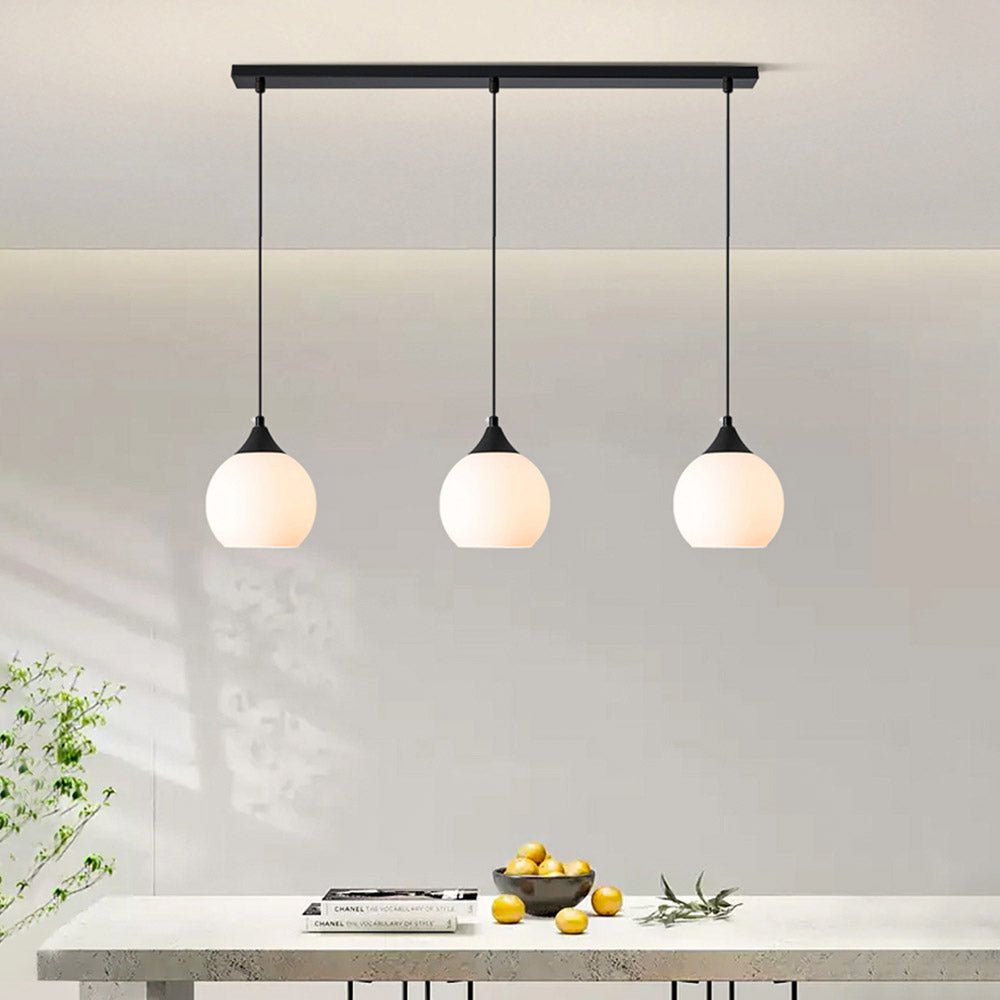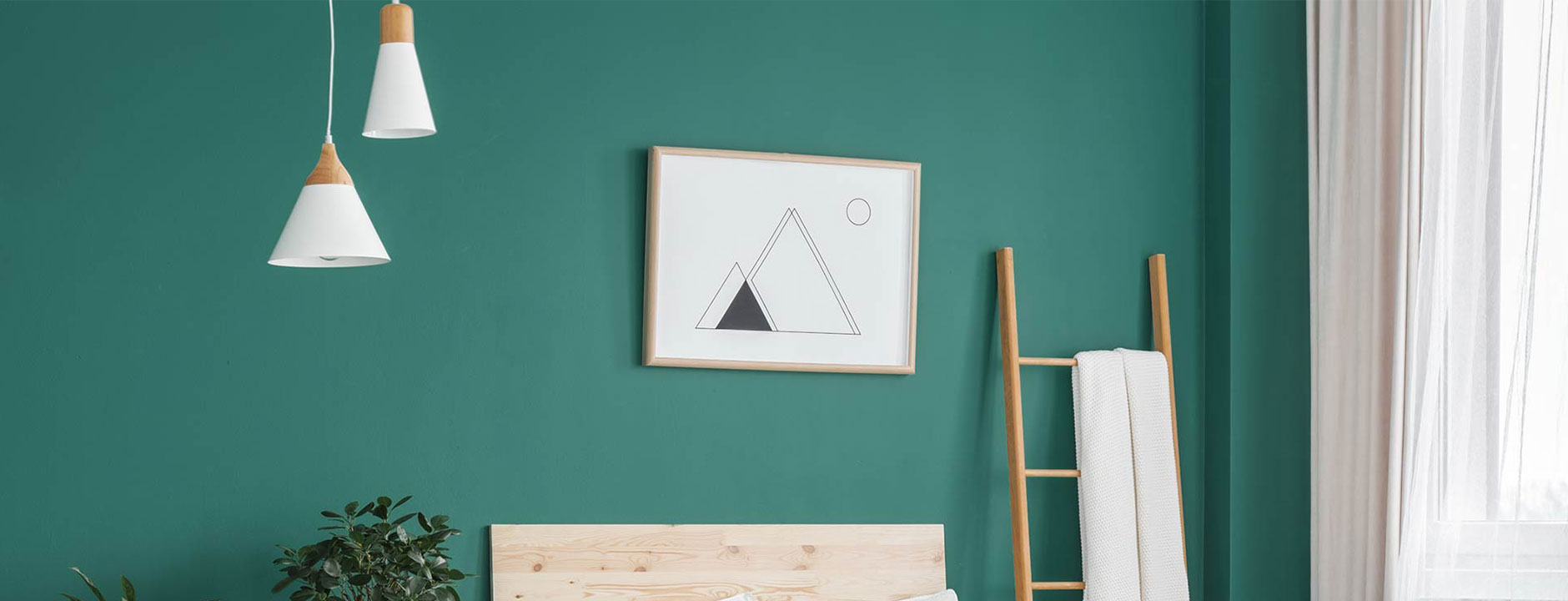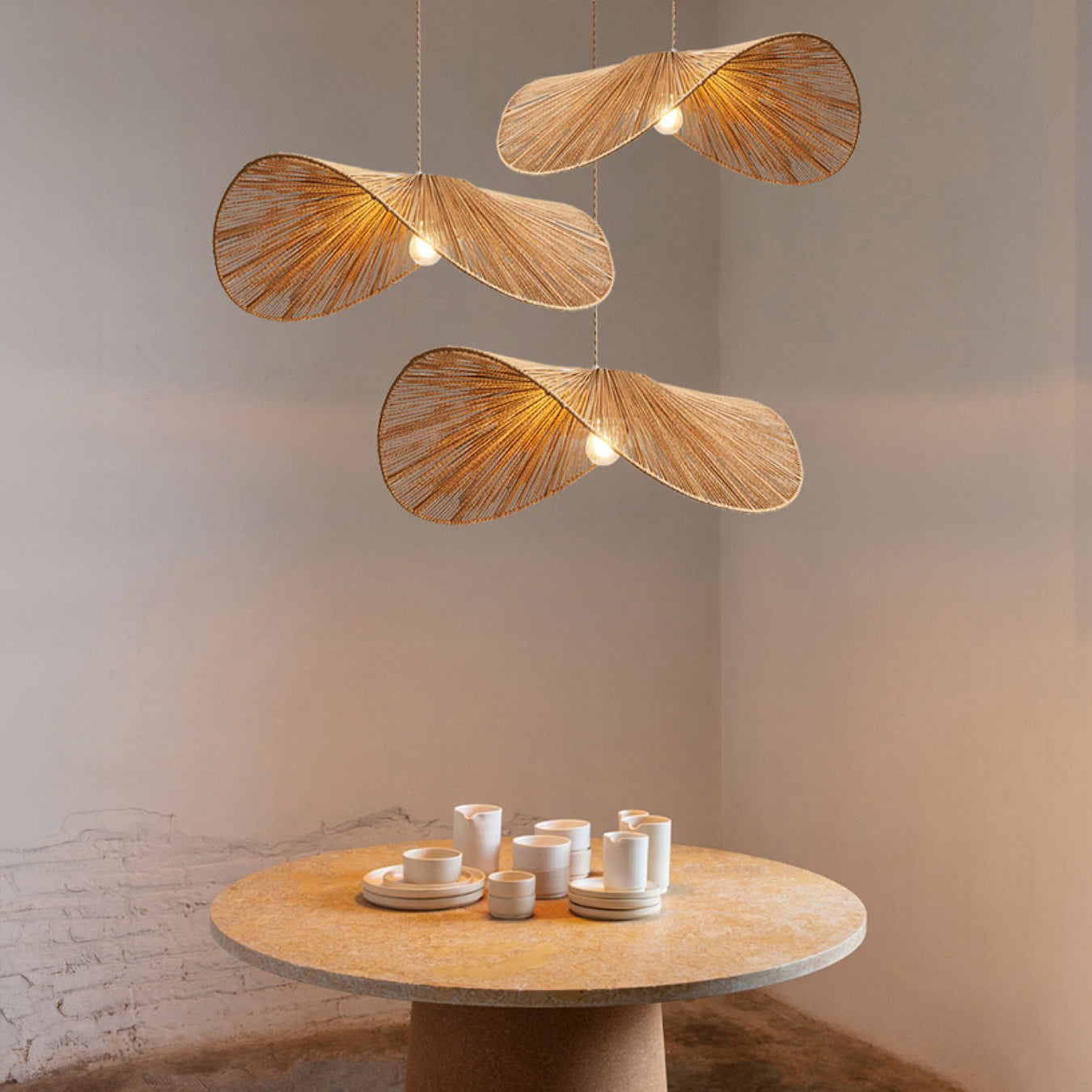Pendant Light Placement Tips for Balanced Illumination
A Comprehensive Overview to Setting Up and Preserving Your Pendant Light
Mounting and maintaining a necklace light needs mindful planning and implementation. Correct height dimensions can boost both functionality and design. Important devices and a clear installment process are vital for a successful configuration. Normal upkeep guarantees longevity and performance. Recognizing these elements can transform an area. Nonetheless, knowing where to start might seem daunting. What actions should one prioritize to achieve the ideal outcomes?
Understanding Pendant Light Styles
While numerous house owners look for to boost their rooms with necklace lighting, understanding the various styles offered is important for making an educated option. Pendant lights are available in a wide variety of styles, each offering special visual and useful benefits. Traditional pendant lights frequently feature classic shapes and materials, such as glass or metal, offering an ageless appeal. Contemporary designs, on the other hand, might include vibrant shades and cutting-edge products to develop striking focal factors.
Industrial-style necklaces commonly use basic materials like subjected bulbs and rustic finishes, appropriate for lofts and modern-day setups. For a much more whimsical touch, vintage-inspired alternatives stimulate fond memories with complex details and retro finishes. In addition, minimal designs focus on simpleness and tidy lines, attracting those who favor downplayed beauty. Understanding these varied designs permits house owners to select necklace illumination that not only enhances their design but additionally serves their practical lights needs effectively.
Gauging the Suitable Height for Your Necklace Light
How does one establish the ideal elevation for a pendant light? To attain the finest functionality and aesthetic allure, several factors need to be considered. Typically, a necklace light should hang 30 to 36 inches over a table to assure adequate lighting without obstructing sights. Precede with high ceilings, the component might be placed somewhat greater to maintain symmetry.
For cooking area islands, a height of 28 to 34 inches over the countertop is usually recommended, enabling adequate light protection while keeping an inviting environment. In living locations, the pendant needs to be hung at a height that matches the bordering style and does not create a danger for individuals strolling under it.
Ultimately, personal preference and space measurements play significant duties in identifying the best elevation. Testing different heights prior to last installment might assist accomplish the wanted result and functionality.
Tools and Products Needed for Installation
Successful setup of pendant lights calls for a certain collection of tools and materials to ensure a smooth process. Necessary devices consist of a screwdriver, wire stripper, and a drill, which help with protected fixture accessory and appropriate electrical wiring. A voltage tester is crucial for confirming safety by guaranteeing that power is off before beginning any electrical job.
Along with tools, certain materials are necessary for installation. These consist of the necklace light itself, electric wiring, wire nuts for secure links, and placing equipment. A ceiling hook may likewise be required, depending on the component's layout.
For included security and convenience, a ladder will certainly aid within high ceilings, while a level guarantees that the light hangs equally. Preparing these devices and materials in advance streamlines the setup process, making it a lot more effective and reliable. Correct prep work is important to attaining an effective pendant light installation.
Step-by-Step Installment Process
With the necessary devices and materials gathered, the installation procedure for pendant lights can start. First, the power supply need to be shut off at the circuit breaker to guarantee safety and security. Next, the installing bracket needs to be affixed to the electrical box in the ceiling. After securing it, the electrical expert's tape need to be utilized to cover any revealed wires.
Adhering to that, the pendant light's cords are connected to the corresponding cords in the ceiling: black to black (or red), white to white, and green or copper for ground. As soon as the connections are made, they must be safeguarded with cable nuts.
The necklace light can after that be connected to the placing brace, making sure it hangs at the preferred elevation. The light bulb is put, and the power is turned back on at the circuit breaker, enabling the brand-new necklace light to illuminate the area.
Keeping and Cleaning Your Necklace Light
What actions should be taken to guarantee the durability and visual allure of pendant lights? Normal maintenance and cleaning are essential in protecting their appeal and capability. Dust and dirt can build up on necklace lights, lessening their sparkle. To clean, a soft, lint-free cloth or microfiber towel ought to be utilized, in addition to a gentle cleaner appropriate for the surface area product - Pendant Light. For glass or crystal necklaces, a glass cleanser can boost quality without touches
It is a good idea to switch off the light and enable it to cool down prior to cleaning. Additionally, examining the fixture for loose bulbs or connections periodically guarantees security and height performance. Changing light bulbs consistently protects against pressure on electric elements if appropriate. Preserving a risk-free environment by staying clear of direct exposure to wetness can considerably prolong the life of pendant lighting. Adhering to these actions will maintain pendant lights looking their best while functioning effectively.
Fixing Common Necklace Light Issues
When pendant lights breakdown, a number of common concerns may occur, including flickering light bulbs, wrong setup, and voltage variations. Determining the dig this origin is essential for reliable troubleshooting and ensuring peak efficiency. Addressing these troubles immediately can boost the long life and performance of necklace illumination components.
Flickering Light Bulbs
Flickering light bulbs can be a resource of disappointment for property owners, usually indicating underlying electric issues or straightforward maintenance requirements. This sensation may originate from loose bulb links, where the bulb is not safely fitted right into the outlet, causing recurring contact (Pendant Light). Furthermore, damaged or aging bulbs might flicker as they near completion of their lifespan. Another typical reason is inconsistent voltage, which can occur from concerns within the electric system or overloading circuits. House owners must also look for harmed circuitry, as this can lead to flickering and position security threats. Prompt substitutes and normal inspections are important to ensure proper performance and to preserve a secure home setting. Recognizing the origin cause quickly can protect against further problems

Incorrect Installation Issues
Improper setup of pendant lights can lead to a variety of issues that might appear like those brought on by flickering light bulbs. Usual troubles consist of loose electrical wiring connections, which can interrupt the flow of electrical power and cause intermittent lighting. In addition, if the placing bracket is not safely fastened, the necklace might hang unevenly, producing an unsteady fixture that can cause resonances or sound. Inaccurate bulb kinds or electrical power can also add to efficiency issues, as incompatible light bulbs may not operate successfully in the fixture. Inadequate spacing from the ceiling can develop shadows or reduce light circulation, decreasing the intended result of the pendant light. Recognizing and resolving these installation mistakes is vital for achieving correct performance and visual charm.
Voltage Fluctuation Issues
Although pendant lights can improve a space's atmosphere, voltage variations can cause significant efficiency issues. These variations may create flickering lights, reduced illumination, or even premature light bulb failure. To identify such issues, one need to first inspect the light's compatibility with the voltage supply. Using a multimeter can aid measure voltage levels and recognize abnormalities. It might be required to evaluate the electric system for loose connections or malfunctioning circuitry if voltage issues persist. In some situations, consulting an accredited electrical expert is a good idea to ensure safety and security and conformity with local codes. Correctly dealing with voltage changes not only boosts the performance of necklace lights however additionally expands their life-span and boosts overall lighting quality.
Enhancing Your Area With Pendant Light Placement
Efficient necklace light positioning can substantially boost a space by adhering to perfect height guidelines, making certain the right illumination level. Layering these lights with other sources can create a balanced atmosphere, highlighting focal points within the room. Attaining dig this an unified appearance needs cautious consideration of both the fixture's positioning and its partnership with surrounding components.
Optimum Height Guidelines
When considering the perfect elevation for pendant lights, a basic standard suggests hanging them around 30 to 36 inches over a counter top or table surface. This height permits for optimum lighting while making certain that the light does not obstruct views or develop dangers. In dining locations, pendant lights should be positioned to enhance the eating experience, usually around 28 to 34 inches over the table. For kitchen islands, preserving uniformity throughout several pendants can develop a cohesive appearance; spacing them uniformly and adhering to the advised elevation improves functionality. It is necessary to take right into account ceiling height too, as greater ceilings may call for modifications to keep proportionality and aesthetic charm. Proper height positioning significantly adds to the general ambiance of a room.
Layering With Other Lights
As necklace lights are integrated right into a wider lights layout, they can significantly boost the atmosphere of an area. Their versatility enables them to be layered with ambient, task, and accent illumination, developing a harmonious balance. As an example, integrating pendant lights with recessed lighting can offer basic illumination while highlighting details areas. Task lights, such as under-cabinet lights, can enhance pendants in kitchen areas, guaranteeing performance without giving up style. Accent lights, like wall sconces, can additionally enrich the atmosphere, accentuating art work or architectural attributes. By tactically placing these source of lights, homeowners can accomplish depth and dimension, transforming an average room into a magnificently brightened establishing that caters to various activities and moods.
Prime Focus and Balance

Strategically placed pendant lights can act as charming centerpieces within a room, attracting the eye and improving the overall visual. When choosing pendant lights, it is important to consider their form, size, and color to guarantee they enhance the existing design. For example, a vibrant, large pendant can produce a striking focal point above a table, while smaller components may work better in collections to achieve a well balanced look. In addition, placing necklace lights at varying elevations can include depth and aesthetic interest to the area. Maintaining balance with other components, such as furniture and wall surface shades, will make certain that the pendant lights improve the area without overwhelming it. Thoughtful placement transforms the setting, creating a harmonious and welcoming atmosphere.
Often Asked Inquiries
Can I Install a Necklace Light in a Recessed Ceiling?
The inquiry of whether a necklace light can be installed in a recessed ceiling commonly arises. Typically, it is feasible with ideal mounting hardware, making certain proper support and electric connections for risk-free and reliable installation.
What Sort of Bulb Is Finest for Necklace Lighting?
When choosing light bulbs for necklace lights, LED alternatives are frequently chosen because of their power performance and long life. Additionally, the shade temperature level need to match the desired ambiance, with warm white being a popular choice for comfortable settings.
Are Pendant Lights Safe for Outdoor Usage?

Exactly how Do I Choose the Right Necklace Light Electrical Power?
Picking the appropriate necklace light power level involves evaluating the space's dimension, preferred brightness, and component compatibility. Generally, lower electrical powers match ambient lights, while higher power levels supply task lighting, making certain performance and aesthetic appeal.
Can I Use a Dimmer Switch With My Necklace Light?
The inquiry developed whether a dimmer switch can be used with a necklace light. Normally, if the lighting fixture and bulb are suitable, a dimmer switch can effectively improve ambiance and control illumination levels.
When pendant lights breakdown, several typical problems might occur, including flickering light bulbs, wrong installment, and voltage variations. Improper installment of pendant lights can lead to a variety of issues that may appear content like those caused by flickering light bulbs. Insufficient spacing from the ceiling can develop shadows or minimize light distribution, reducing the desired impact of the necklace light. Effective pendant light positioning can considerably enhance a space by adhering to optimal height standards, guaranteeing the ideal lighting level. When choosing light bulbs for necklace lights, LED options are commonly preferred due to their energy effectiveness and durability.